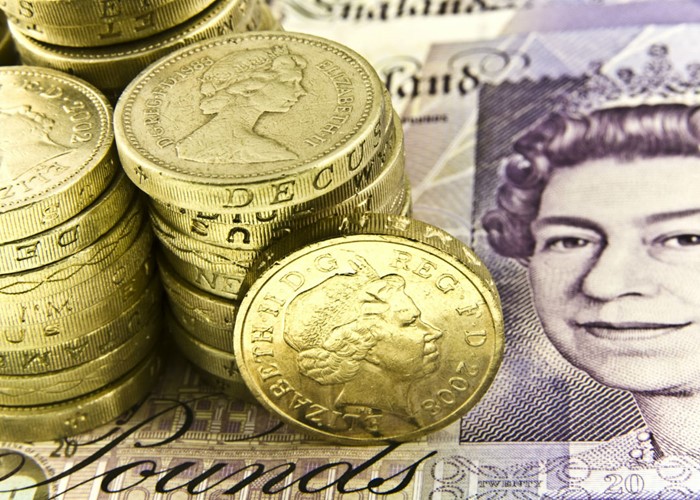Yet another raid on pensions

Upcoming changes to pension legislation for high earners are far from welcome. But make sure you don't fall foul of the rules.
Higher rate taxpayers have done pretty well out of the pension rules on tax relief so far. But another raid on pensions means all that is set to change if you earn £150,000 or more.
But, first things first: What is tax relief and how does it work?
Tax relief gives your pension contributions a valuable boost. It effectively allows you to get back the tax you have already paid on the cash which you then invest in your pension scheme.
If you're a higher rate taxpayer, you'll be given 40% tax relief from the taxman. That means, to put £1,000 into your pension, you only need to pay £600 out of your own pocket, while HMRC will top it up with the remaining £400 in tax relief. Can't be bad!
But the government has now decided that to bolster its own finances, our top earners can do without such 'generous' rates of relief.
So, what are the changes?
In April's Budget, the Chancellor announced new measures which will reduce the amount of tax relief available to high earners. The new legislation is set to be introduced in the 2011/2012 tax year, and officially kicks off on 6 April 2011.
So, will you be caught by the new rules?
The rules only affect you if you earn at least £150,000. The amount of tax relief you'll get on your pension contributions will be tapered down the more you earn. Those of you with salaries of £180,000 plus will only get tax relief at the basic rate of 20%, rather than the 40% rate you have been enjoying until now.
'Anti-forestalling' measures
But since the rules don't comes into force until 2011/2012, what's to stop you topping up your pension now to take advantage of the 40% rate while you still can? Not surprisingly, the taxman has already thought of that.
'Anti-forestalling' measures are just a fancy way of saying that the government will take steps to prevent high earners from exploiting the current rules before the new ones take hold.
This means that significantly increasing contributions to make the most of 40% tax relief before it disappears will now trigger a tax charge.
And this doesn't only apply to pension contributions paid by you. Payments made on your behalf by your employer, or any other third party, will also count.
This tax year, the tax charge has been set at 20% to reflect the difference between the 20% basic rate of tax and the 40% higher rate. The government may choose to increase the charge to 30% when the top rate of tax rises to 50% on 6 April 2010.
How does the tax charge work in practice?
If you earn more than £150,000, you'll pay a 20% tax charge if you increase your pension contributions above the level you were paying before the Budget (that is, before 22 April 2009). But the charge only applies if you save more than £20,000 in total in your pension during the tax year.
Let's take at look a couple of examples of how that could work:
Example #1
Before the Budget, you paid £2,000 a month into your pension. After the Budget, you carry on paying the same level of contributions, so that over the whole tax year you will save a total of £24,000.
In this case, there won't be a tax charge because you haven't increased your payments even though you have exceeded the £20,000 a year limit. As long as your pattern of contributions remains the same - or thereabouts - you should escape the penalty.
Example #2
You usually put £15,000 towards your pension over the course of the tax year. But after the Budget, you decide to top-up your pension with a lump sum of £10,000.
Normally, you would expect to receive 40% tax relief on this amount but, in this case, you'll be hit with a 20% tax charge instead. This is because a large one-off contribution will be counted as over and above your normal level of saving. So, you'll only actually end up with tax relief on the lump sum at the basic rate of 20% once the tax charge has been taken.
The charge will only be paid on the extra amount above the pre-Budget level of pension savings and £20,000, whichever is higher.
In this example, the total pension contributions for the year are £25,000, and so they exceed the £20,000 limit by £5,000. The tax charge is only payable on the £5,000 excess. So you'll have to pay a tax charge of £1,000 - that is, 20% of £5,000.
HMRC will claw back the extra tax relief from anyone who receives more than they should via their self-assessment tax return.
The penalty won't apply to any pension contributions made before 22 April 2009 no matter how high they were. And these contributions can continue to be made as long as they don't represent an increase.
But, don't forget, all of this only applies if you earn at least £150,000, and you have stepped up your pension contributions.
On a final note, if you earn less than £150,000, but you're still a high earner, don't get too complacent. There's always a chance the government could extend the rules to you too. So, I think there's a strong case for topping up your pension now while the 40% boost is still on offer.
More: How to cope with pension cutbacks | Why you should boost your pension with your savings
Comments
Be the first to comment
Do you want to comment on this article? You need to be signed in for this feature